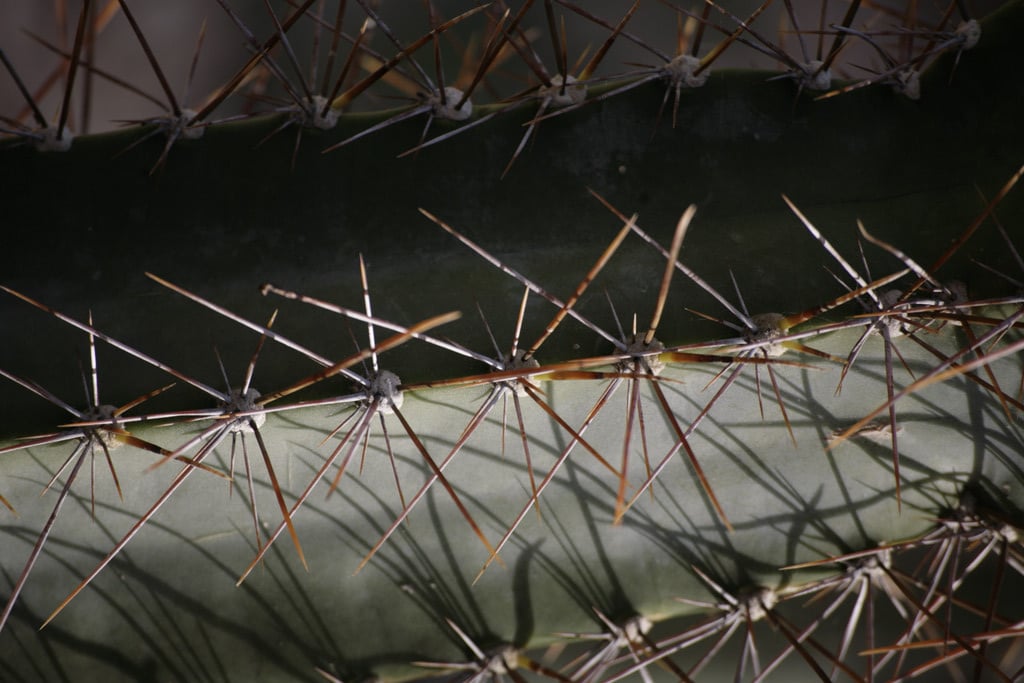Cereus validus
A tall, columnar cactus ultimately reaching 4m, with deeply ribbed, dull bluish-green to grey-green stems, set with clusters of long spines. Large, red and white, cup-shaped flowers appear in early autumn, opening at night

Buy this plant
Size
Ultimate height
2.5–4 metresTime to ultimate height
20–50 yearsUltimate spread
0.5–1 metresGrowing conditions
Moisture
Well–drainedpH
Acid, Alkaline, NeutralColour & scent
| Stem | Flower | Foliage | Fruit | |
| Spring | Green Grey Silver Brown | |||
|---|---|---|---|---|
| Summer | Green Grey Silver Brown | |||
| Autumn | Green Grey Silver Brown | Red White | ||
| Winter | Green Grey Silver Brown |
Position
- Full sun
Aspect
South–facing or West–facing
Exposure
Sheltered Hardiness
H1CBotanical details
- Family
- Cactaceae
- Native to GB / Ireland
- No
- Foliage
- Evergreen
- Habit
- Columnar upright
- Potentially harmful
- Handle with care due to prickly spines. Wear gloves and other protective equipment when handling
- Genus
A genus of around 33 species of large, columnar cacti, native to South America with ribbed and spiny stems. Large, funnel-shaped flowers bloom at night, mainly white but sometimes appearing in pink, purple, yellow, green and (rarely) cream
- Name status
Correct
How to grow
Cultivation
Grow under glass in a standard cactus compost, in full light. Water freely when in growth and keep almost dry at other times. See houseplant cacti and succulent cultivation
Propagation
Propagate by seed in early spring or root cuttings of young branches in late spring or early summer
Suggested planting locations and garden types
- Houseplants
- Patio and container plants
- Conservatory and greenhouse
Pruning
No pruning required
Pests
May be susceptible to mealy bugs and scale insects
Diseases
Generally disease-free
Get involved
The Royal Horticultural Society is the UK’s leading gardening charity. We aim to enrich everyone’s life through plants, and make the UK a greener and more beautiful place.